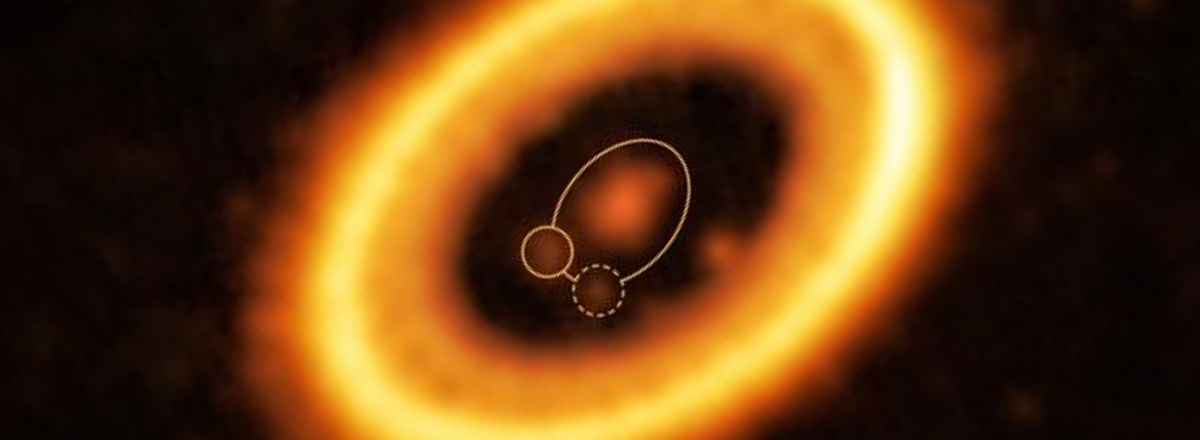James Webb Telescope Captures Formative Stages of Exoplanet and Potential Exomoons
The observations have shown spirals and disks around the exoplanet PDS 70c, indicating that these structures are not only part of the planet's formation but are likely to become its moons.

The James Webb Space Telescope (JWST) has provided astronomers with a stunning view of an exoplanet in the process of formation, along with potential exomoons, around the young star PDS 70, located approximately 400 light-years away. This young star system, believed to resemble the early stages of our Solar System, continues to attract significant attention for its complex protoplanetary processes.
PDS 70 is unique because it allows researchers to observe its protoplanetary disk "from above," giving a clear view of the formation activities. Recent observations by the MIRI mid-infrared Disk Survey (MINDS) project using the JWST have revealed exciting new details about the system, which is only about 5.5 million years old—youthful compared to our 4.5-billion-year-old solar system.
Previously, astronomers had identified two planets forming within this disk. The latest findings from the JWST suggest the presence of a third forming body, potentially another planet, which appears to be in a 1:2:4 orbital resonance with the other two known planets. This third planet, if confirmed, would orbit at a distance thirteen times that between Earth and the Sun, enveloped in a vast cloud of dust.
Moreover, the observations have shown spirals and disks around the exoplanet PDS 70c, indicating that these structures are not only part of the planet's formation but are likely to become its moons. Such detailed observation of these processes was not previously possible due to the limited resolution of earlier telescopes.

